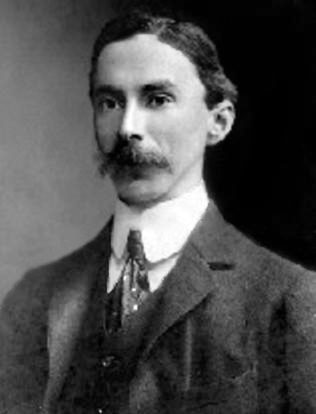John Ioannidis
Published the famous 2005 paper "Why Most Published Research Findings Are False". Described by the British Medical Journal as "the scourge of sloppy science". One of the most-cited scientists across the scientific literature.
His work has also aimed to identify solutions on how to optimize research practices and to increase the yield of validated and useful scientific findings. Coined the term Proteus phenomenon for the occurrence of extreme contradictory results in the early studies performed on the same research question.
What links here
Created (8 years ago)

